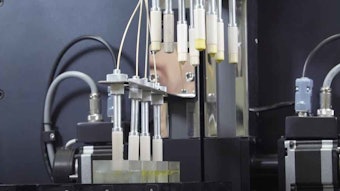A recent report by The Scientist describes how nano-sized "vaults" are making their way into biomedicine, which calls to mind questions of their potential for personal care applications.
Discovered in the 1980s by biochemist Leonard Rome of the University of California, Los Angeles (UCLA), School of Medicine and his postdoc, Nancy Kedersha, these barrel-shape particles measure 35 nm by 65 nm—much smaller than lysosomes, which range from 100 nm to > 1,000 nm. According to the report, Kedersha referred to the structures as vaults, reminiscent of the vaulted ceilings of cathedrals.
In another report published by Rome et al. in ACS Nano, the nanoparticles are said to occur naturally, particularly in eukaryotes, and can be produced in large quantities by assembling them in situ from multiple copies of the single structural protein, following expression. Molecular engineering can then functionally modify and target recombinant vaults to control their contents, as the article describes.
Questions remain as to whether the "nanobarrel" structures of vaults are applicable for the delivery of biomaterials. Research shows they hold promise for certain cancer treatments, and in collaboration with Rome, pathologist Kathleen Kelly at UCLA is working to create a vault-based nasal spray that acts as a vaccine against Chlamydia infection.
In personal care, other delivery systems already exist, e.g., liposomes, peptides, hydrogels and synthetic and natural polymers, although according to Rome, these materials can be limited in their payload capacity, immunogenicity, lack of targeting specificity and control of their packaging and release. Vaults on the other hand, have a cavity large enough to sequester hundreds of proteins; are homogeneous, regular, highly stable and easy to engineer; and are nonimmunogenic and biocompatible.










